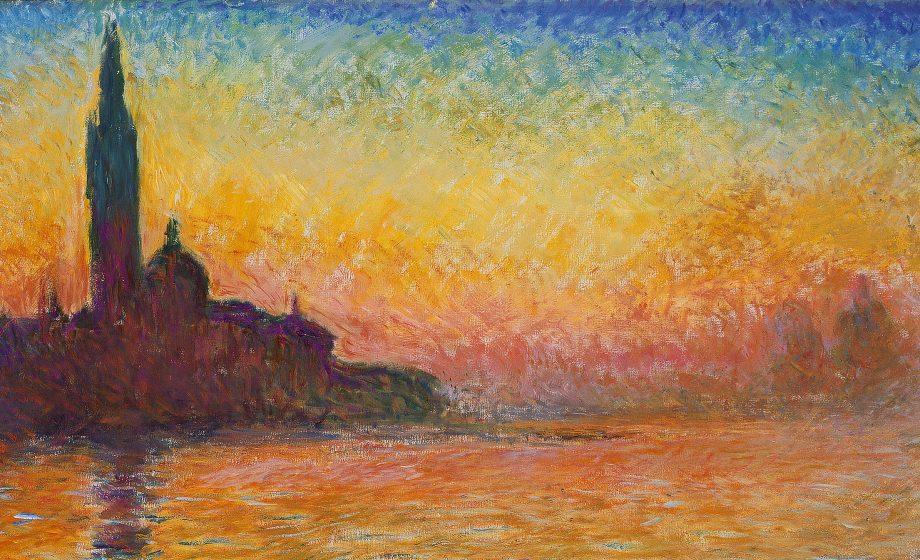APPENDIX I: CASE STUDIES The following list provides a guide to some of the more prominent investigations and prosecutions of bad actors manipulating the opacity of the art market to fund and facilitate criminal acts. In recent years, a growing number of scandals, investigations, prosecutions, and convictions have demonstrated the art market’s dangerous vulnerability to a wide range of financial crimes—including forgery, fraud, market manipulation, tax evasion, money laundering, sanctions violations, and even terrorist financing. These cases transcend borders and overlap with other crimes. Â
Reference Key Antiquities trafficking: đ&#x;?ş
Kleptocracy: đ&#x;’Ž
Oligarchy: đ&#x;‘‘
Drug trafficking: đ&#x;’Š
Money laundering, domestic: đ&#x;’ľ , đ&#x;‡şđ&#x;‡¸
Shell companies: đ&#x;?Ť
Fraud or false provenance: đ&#x;–ź
Money laundering, international: đ&#x;’ľ , đ&#x;—ş
Terrorism financing: đ&#x;’°
Nazem Said Ahmad, Executive Order 13224 đ&#x;’° đ&#x;’ľ , đ&#x;—ş In December of 2019, the U.S. Treasury Department placed sanctions on diamond dealer and art gallery owner Nazem Said Ahmad. Ahmad lives in Beirut and has been identified by the U.S. as one of the “top donorsâ€? to Hezbollah, a political movement based in Lebanon and U.S. classified terrorist group. The Department states that Ahmad used his art as a place to shelter money “in a pre-emptive attempt to mitigate the effects of U.S. sanctions.â€? It is also believed that his gallery in Beirut, the Artual Gallery, is front to launder money. Marshall Billingslea, assistant secretary for terrorist financing, said to the New York Times, “we have a Hezbollah financier who is converting a significant amount of his ill-gotten gains through the blood diamond trade into high-value art, that in turn creates a lack of transparency in the transactional process,â€? he said. “It’s a way of getting around the formal financial system.â€? Banco Santos, Criminal Action No. 2004.61.81.008954-9 (Involving What was Banco Santos) Tried Before the Sixth Federal Criminal Court Specialized in Money Laundering and Financial Crimes, on Appeal Before the Regional Federal Appellate Court for Region 3 (SĂŁo Paulo and Mato Grosso do Sul) đ&#x;’ľ , đ&#x;—ş In 2006, Edemar Cid Ferreira, the founder and former president of Banco Santos, was convicted in Brazil for crimes against the national financing system and money laundering. As part of the case, a Sao Paulo Court Judge ordered the search, seizure, and confiscation of assets that Ferreira, his family, and his associates had acquired with unlawfully obtained funds from Banco Sartos, including an extensive art collection valued in the tens of millions of dollars. The art collection was kept in several places, and when those locations were searched, investigators found that much of the collection was missing. After searching museums and institutions in Brazil for the missing artwork, the Sao Paulo Court sought Interpol’s assistance. As a result, the U.S. Attorney’s Office and HSI began and investigation and found that large numbers of the works in the collection had been smuggled out of the Brazil and into the United States and various European nations, including the
CASE STUDIES
34








